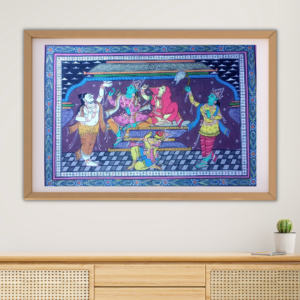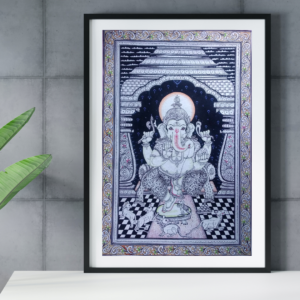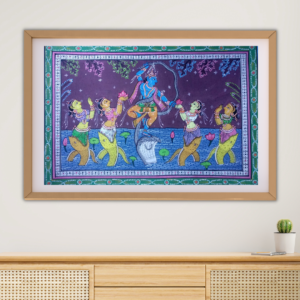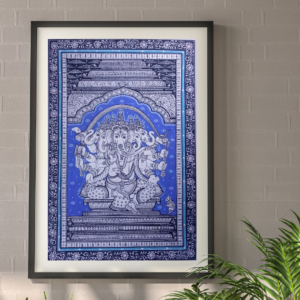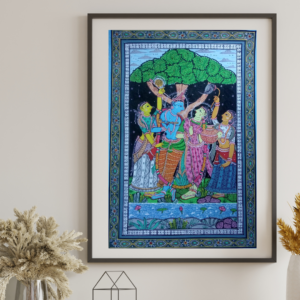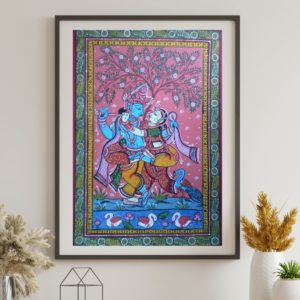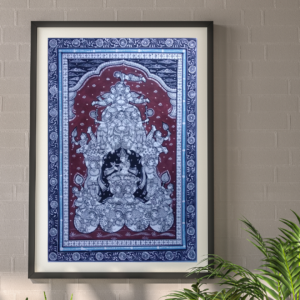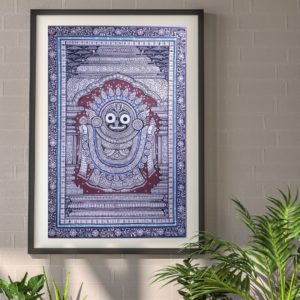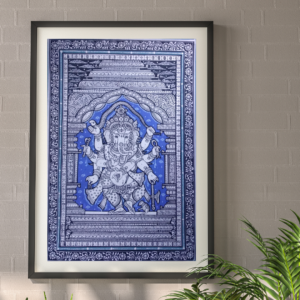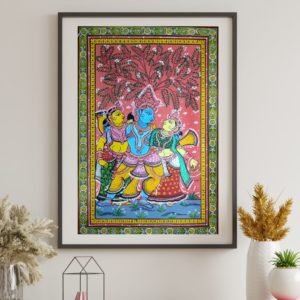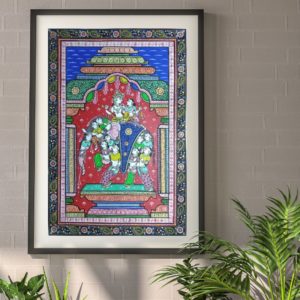In Hindu mythology, Lord Shiva is one of the principal deities in the Hindu pantheon. He is often portrayed with a crescent moon adorning his matted hair. This captivating and iconic representation has piqued the curiosity of devotees and scholars alike for centuries. Beyond its aesthetic appeal, the moon on Shiva’s head carries profound mythological and philosophical implications. Weaving an intricate tapestry of symbolism and meaning. In this exploration, we shall embark on a journey to uncover the reasons why Shiva bears the moon on his head, delving into the diverse narratives that have given rise to this iconic image.
Legend of Chandra (Moon God)
One of the most popular legends surrounding the presence of the moon on Lord Shiva’s head revolves around Chandra, the Moon God. According to ancient texts, Chandra was an enchanting deity who fell deeply in love with Rohini. One of the 27 wives of the powerful sage Daksha. Consumed by his infatuation, Chandra’s devotion to Rohini led him to neglect his other wives, arousing Daksha’s wrath. In an attempt to teach Chandra a lesson, Daksha cursed him. Causing the Moon God’s once radiant form to fade. Initiating the gradual waning of the moon.
Distressed and seeking redemption, Chandra sought the aid of Lord Shiva, renowned for his compassionate nature. In response to Chandra’s plea. Shiva benevolently agreed to accept Chandra’s moonlight onto his matted hair, transforming it into a crescent shape. This act of grace served a dual purpose: shielding Chandra from the full impact of the curse and enabling the moon to wax and wane in a cyclic manner, reflecting the natural lunar phases.
Why Nandi is Outside Shiva Temple
The symbolism of the Crescent Moon
The crescent moon on Lord Shiva’s head holds a profound symbolic significance within Hinduism. It represents the eternal dance of time. As the waxing and waning of the moon mirror the cyclical nature of life and death. In Hindu philosophy, moreover. The moon intrinsically links to the realm of the mind and emotions. Mirroring the constant fluctuations of the human psyche.
By adorning the crescent moon, Shiva emphasizes the importance of maintaining emotional balance and not allowing turbulent emotions to dictate one’s actions entirely. This symbolic gesture serves as a poignant reminder to his devotees to find inner equilibrium amidst life’s ever-changing circumstances and to embrace both the joys and challenges with equanimity.
Connection with the Deity of Time
Lord Shiva, in his manifestation as Mahakala (the Great Time), embodies the eternal and infinite aspect of time. Time is a fundamental element in the cosmic order. Exerting its influence over all aspects of existence. As the personification of time, the moon on Shiva’s head represents the cyclical nature of creation, preservation, and dissolution. The eternal dance of the moon’s phases mirrors the cosmic rhythm orchestrated by Shiva. Solidifying his role as a cosmic force that governs the universe’s grand design.
Why Shravan Month is Celebrated for Lord Shiva
Divine Balance of Masculine and Feminine Energies
The connection between the moon and feminine energy is deeply rooted in Hinduism. With the moon often personified as the goddess Chandra or Rohini. In contrast, Lord Shiva epitomizes the ultimate masculine principle. The juxtaposition of these energies underscores the divine balance between the masculine and feminine, highlighting their interdependence in the process of creation. The crescent moon on Shiva’s head symbolizes the harmonious coexistence of these energies, vital for sustaining life and harmonizing the universe’s diverse forces.
Conclusion
In conclusion, the presence of the crescent moon on Lord Shiva’s head encapsulates a treasure trove of mythological narratives and profound philosophical connotations. It epitomizes the timeless cosmic dance of creation and destruction, the interplay of masculine and feminine energies, and the paramount importance of emotional equilibrium in the face of life’s ceaseless transformations.
Through the emblematic moon, Shiva imparts the wisdom of acknowledging the cyclic nature of existence and the perpetual dance of creation, preservation, and dissolution. It stands as a steadfast reminder to his devotees to embrace the ebb and flow of life with grace, fostering inner harmony amidst life’s eternal flux.
In essence, the moon on Lord Shiva’s head is a powerful emblem that reflects the essence of Hindu philosophy, urging us to perceive the profound beauty and wisdom found in the eternal dance of the Cosmos.
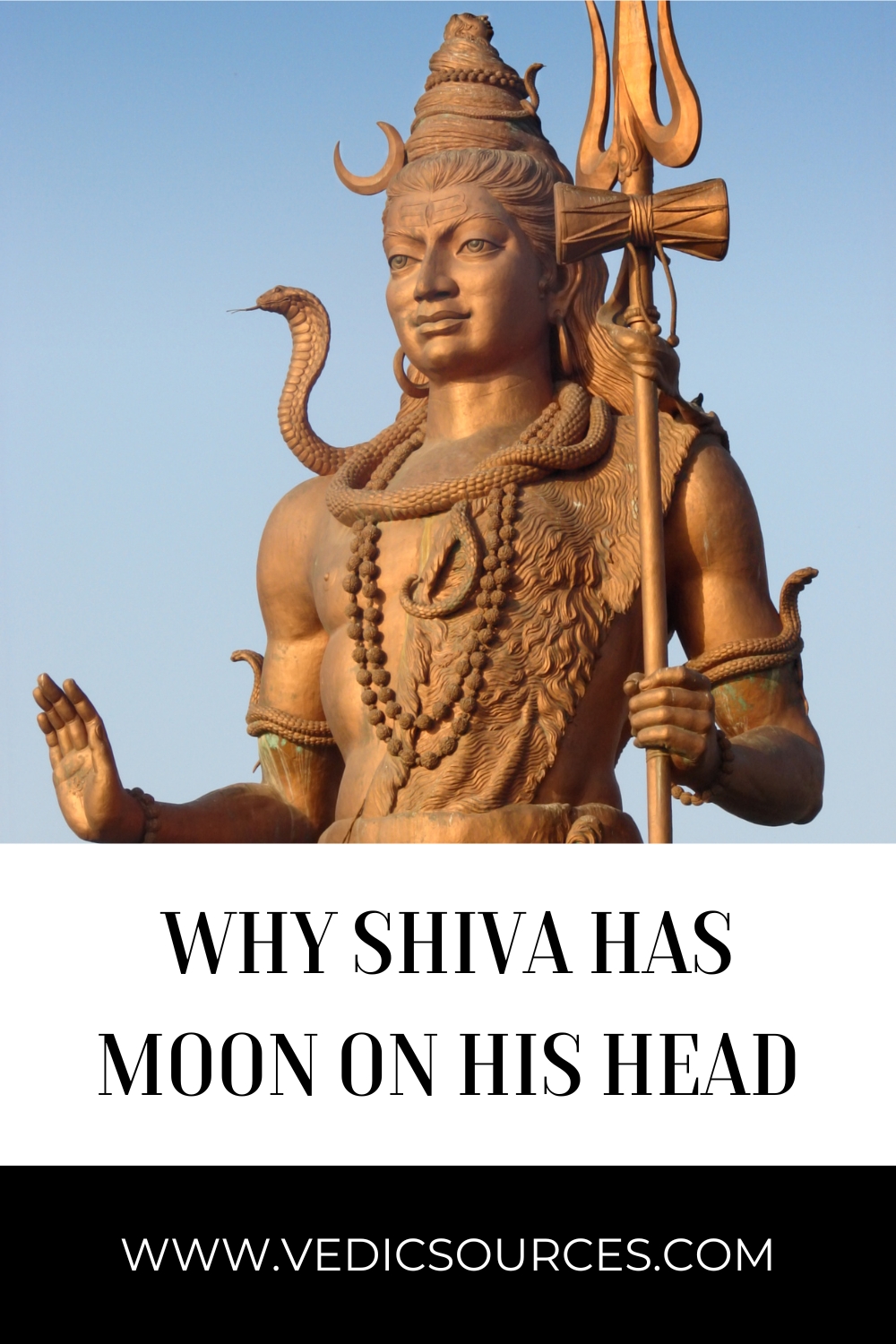
If you liked this post, check out some of our related posts too!
Enigmatic Hue: Why is Krishna Blue?



